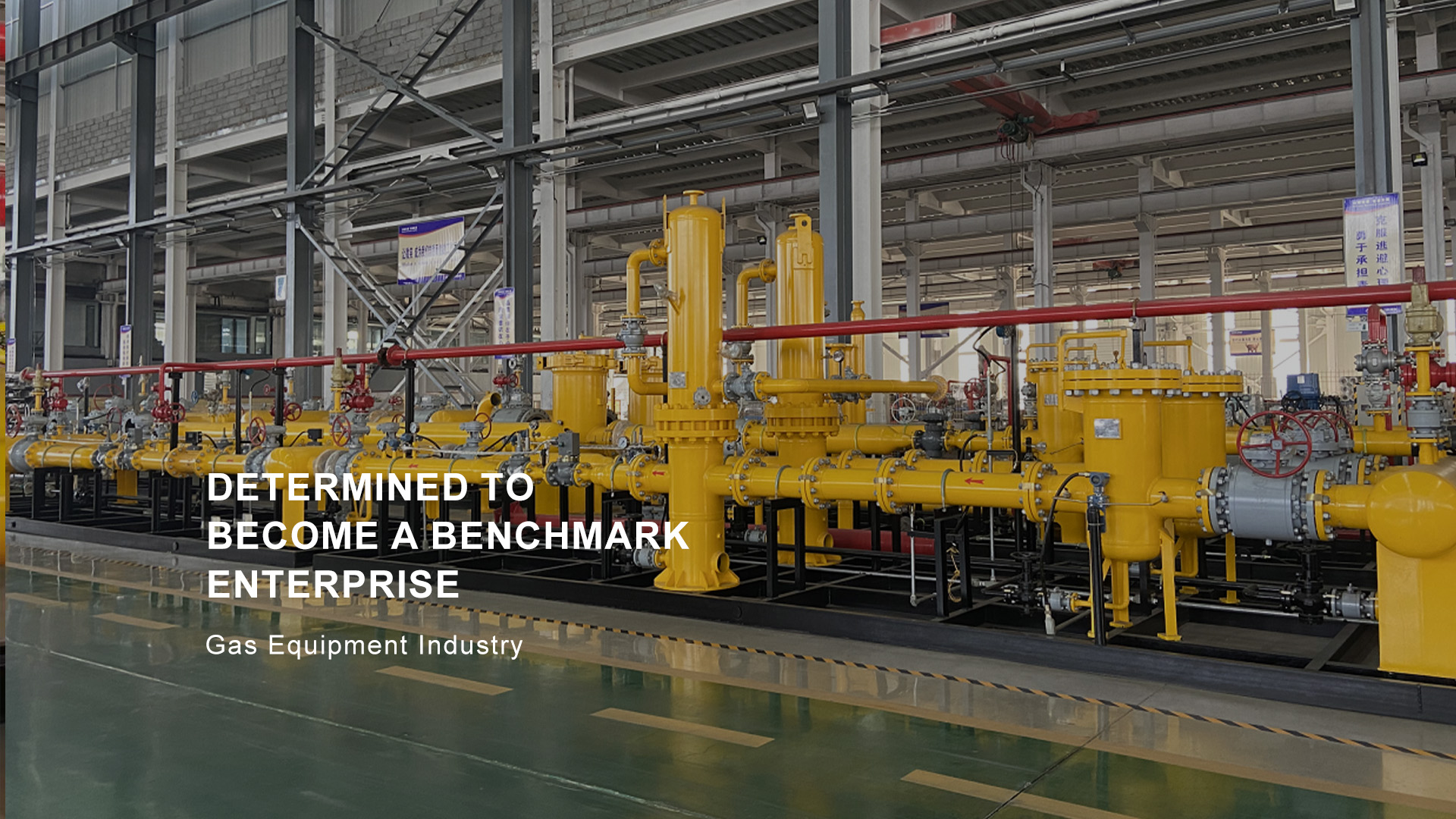
Aug . 21, 2024 19:36
Back to list
Enhancing Electric Vehicle Charging Efficiency for a Sustainable Future
The Rise of Superchargers Revolutionizing Electric Vehicle Charging
In recent years, the automotive industry has witnessed a significant paradigm shift towards electric vehicles (EVs) as they become increasingly integral to efforts aimed at reducing carbon emissions and combating climate change. Central to the widespread adoption of EVs is the development of an efficient and accessible charging infrastructure, particularly superchargers. These high-speed charging stations are transforming the landscape of electric mobility, making long-distance travel more feasible and convenient for EV users.
Superchargers, primarily associated with Tesla, are designed to provide rapid charging capabilities, enabling drivers to recharge their vehicles in a fraction of the time it takes with conventional charging stations. While standard electric vehicle chargers can take several hours to fully charge a battery, superchargers can deliver up to 250 kilowatts of power, allowing for an 80% charge in as little as 30 minutes. This significant reduction in charging time addresses one of the main concerns surrounding electric vehicles range anxiety. With more supercharger stations strategically placed along major highways and urban areas, EV owners can travel longer distances with confidence, knowing they can easily “refuel” their vehicles during road trips.
The convenience of supercharging does not just benefit Tesla drivers; many other manufacturers are beginning to adopt similar rapid charging technology. Companies like Electrify America, Ionity, and ChargePoint are expanding their networks with ultra-fast charging stations that cater to a broad range of electric vehicle brands. This acceleration of charging infrastructure is essential in promoting competitive pricing and driving innovation in the EV market. As more consumers become aware of the benefits of electric vehicles, the presence of superchargers will further encourage the transition away from internal combustion engines toward sustainable alternatives.
supercharger

Moreover, the advent of supercharging technology has catalyzed advancements in battery design and energy management systems. To support rapid charging, battery manufacturers are developing higher-capacity batteries that can endure the stress of fast charging without compromising safety or lifespan. Innovations in cooling systems and battery chemistry, such as solid-state batteries, are also emerging as solutions to enhance efficiency and reduce charging time.
Despite the advantages of supercharging, some challenges remain. The availability of supercharger stations is still limited in some regions, making it imperative for governments and private sectors to collaborate in expanding infrastructure networks. Additionally, while supercharging is incredibly convenient, it can place considerable strain on the electrical grid, particularly during peak usage. This necessitates careful planning and investment in renewable energy sources to ensure that charging stations are powered sustainably and do not contribute to the very emissions they aim to reduce.
The future of supercharging is poised for further growth, with advancements in technology and increased investments shaping the landscape of electric mobility. As governments worldwide implement policies to promote electric vehicle adoption, the establishment of supercharger stations will play a crucial role in making EV ownership more attractive and practical. The addition of renewable energy sources to power these stations will not only ensure cleaner energy usage but also align with global efforts to achieve net-zero emissions.
In conclusion, superchargers are revolutionizing the electric vehicle sector by providing fast and convenient charging solutions that mitigate the concerns of range anxiety and long charging times. As technology continues to evolve and infrastructure expands, superchargers will be instrumental in transforming the automotive landscape, paving the way for a future dominated by sustainable transportation. Each supercharger station represents a step forward on the journey toward cleaner air, reduced carbon footprints, and a greener planet for generations to come.
Latest news
-
Safety Valve Spring-Loaded Design Overpressure ProtectionNewsJul.25,2025
-
Precision Voltage Regulator AC5 Accuracy Grade PerformanceNewsJul.25,2025
-
Natural Gas Pressure Regulating Skid Industrial Pipeline ApplicationsNewsJul.25,2025
-
Natural Gas Filter Stainless Steel Mesh Element DesignNewsJul.25,2025
-
Gas Pressure Regulator Valve Direct-Acting Spring-Loaded DesignNewsJul.25,2025
-
Decompression Equipment Multi-Stage Heat Exchange System DesignNewsJul.25,2025

